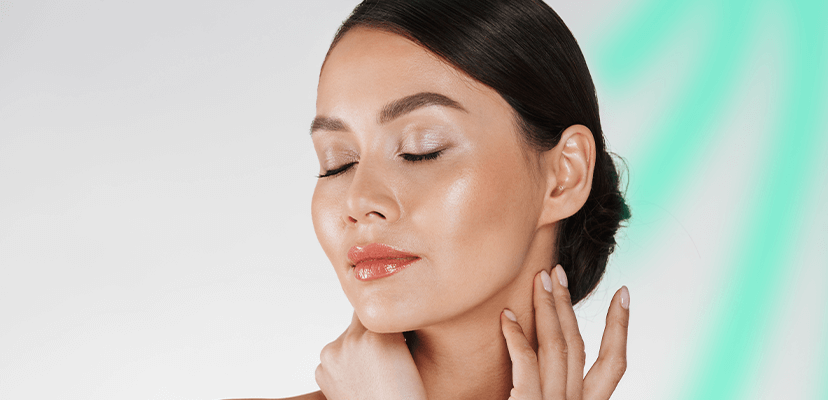Bichectomy, also known as buccal fat removal, is a cosmetic surgical procedure that involves the elimination of the buccal fat pads, which are located in the cheeks.
These fat pads can give the face a rounded or chubby appearance, and removing them can help create a more defined and angular facial contour. Candidates for bichectomy should be in good overall health, have realistic expectations about the outcome of the procedure, and be non-smokers or willing to quit smoking before and after the procedure.
It's important to note that bichectomy is a cosmetic procedure, and is not intended as a weight loss solution or a treatment for obesity. Candidates should be at a stable, healthy weight, and have good skin elasticity to ensure optimal results.
Bichectomy Preparation Period
The preparation period for bichectomy involves a consultation with a skilled surgeon to evaluate the individual's suitability for the procedure and discuss their goals and expectations.
During the visit, the surgeon reviews the candidate's medical history and current health status and performs a physical examination to assess their facial anatomy and skin elasticity. The doctor may also take photographs and use computer imaging software to help the individual visualize the potential outcome of the procedure.
In the weeks leading up to the procedure, the individual may be advised to avoid smoking and certain medications, such as blood thinners, which can increase the risk of bleeding during and after the surgery. They may also be advised to eat a healthy diet, stay hydrated, and get plenty of rest to ensure optimal recovery.
The candidate is also provided with detailed instructions on how to prepare for the procedure, including when to stop eating and drinking before the surgery, what to wear on the day of the operation, and how to arrange for transportation to and from the surgical facility.
How is Bichectomy Performed?
Bichectomy is usually performed on an outpatient basis under local anesthesia. The procedure involves the following steps.
- Anesthesia: The surgeon administers local anesthesia to numb the area around the cheeks.
- Incision: They make a small incision inside the mouth, in the area between the cheek and gum, to access the buccal fat pad.
- Removal of Fat: The surgeon gently grasps the buccal fat pad and removes it through the incision. This process is repeated on the other side of the face if needed.
- Closure: Once the desired amount of fat has been removed, the incisions are closed with dissolvable stitches. No external scars are visible as the cuts are made inside the mouth.
The entire procedure generally takes about 30 minutes to an hour to perform, depending on the amount of fat being removed.
After the procedure, the individual may experience some swelling, bruising, and discomfort around the cheeks, which can be managed with pain medication and ice packs. They may be advised to eat a soft diet and avoid strenuous exercise for a few days after the surgery to allow for optimal healing and recovery.
Overall, bichectomy is a relatively straightforward and low-risk procedure, with minimal downtime and a high rate of patient satisfaction. However, as with any surgical procedure, there are potential complications, and it's important to choose a qualified and experienced plastic surgeon to minimize these risks and achieve the best possible results.
Bichectomy Surgery Aftercare
After bichectomy surgery, the patients may expect some swelling, bruising, and discomfort around the cheeks. The following are some common aftercare steps that can help with healing.
It's important to get plenty of rest in the days following the surgery to allow the body to recover. The candidate may be advised to take a few days off work and avoid strenuous activities.
Applying ice packs to the cheeks can help reduce swelling and discomfort. The ice should be applied for 15-20 minutes at a time, with breaks in between.
The surgeon may prescribe pain medication to manage any discomfort after the surgery. Painkillers can also be used as directed.
The individual may be advised to eat a soft diet for a few days after the surgery to avoid irritating the incisions.
Proper oral hygiene is important to prevent infection. The person may be advised to rinse their mouth with salt water or a prescribed mouthwash several times a day.
The surgeon schedules follow-up appointments to monitor the healing process and remove any stitches that are not dissolvable.
Most candidates can go back to normal activities within a week after the bichectomy surgery, although some swelling and bruising may persist for several weeks. The final results of the procedure may not be visible for several months as the swelling subsides and the tissues heal.

